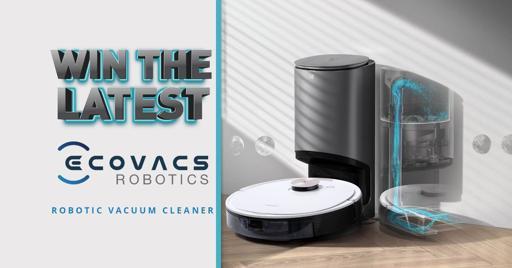Set them up right, and they can turn themselves on and get to work. Is that worth the ₹12,000 to ₹44,000 price tag for the robovacs made by market leaders such as iRobot (Roomba), Dyson, RoboRock and Eufy? Take a look.
Turning a corner: Since the first robot hoovers were launched in the mid-1980s, the big struggle has been teaching them how to move about. Most models launched through the better part of the 2000s struggled with direction too. Over the past few years, that battle would appear to have largely been won.
Today’s robovacs use a plethora of scanning sensors to create a map of the space they’re in. The sensors give them better positional awareness, so they know to veer around a table or chair, instead of just bumping against it repeatedly. Lidar or Light Detection and Ranging scanning technology helps them navigate changes in floor texture, layout and elevation.
These advanced systems help them “see” further overall, and plan directional changes. They can recognise, for instance, when a stretch of carpet is ahead, and use a simple elevation adjustment with a spurt of power to make it across, cleaning it as they go. (It does take them a few days of occasional bumping into furniture to create their maps of each room.)

Cleaning better:Within the maps they’ve created of a space, many of today’s robovacs create grids within which they move in parallel lines when cleaning, so as not to leave islands of dust or litter behind. The Realme TechLife Robot Vacuum Cleaner, for instance, has 38 high-precision sensors collecting detection data to ensure that no spots are missed. Price, though, remains something of a barrier for such models. At ₹25,000, the Realme TechLife is at the lower end of the price range.
Planning ahead: One can now schedule a cleaning session in advance, either through the robovac’s own app or by linking it to a virtual assistant like Amazon’s Alexa. Because it has mapped the home, the robovac can be tasked with cleaning just a specific area — say, the dining room or living room if there are guests coming over. In an added plus, this is one of those tech advances with no known security issues, since robot vacuums don’t integrate cameras or microphones.
They can’t get everywhere: The circular design still poses a challenge, particularly when it comes to sharp corners. The height of some robovacs can also prevent them from getting beneath low-rise furniture.
Some things can’t be automated:The dust must be emptied out of a robovac or it can’t do its job. The onus is also still on the user to pre-clean. The floor must be clear of Lego blocks, clothes, shoes before the robot is let loose.
Which makes it, in smart home terms, smarter than a dishwasher but still not in the same league as, say, a smart music system. Which is perhaps why, globally, smart homes tend to be defined by smart thermostats, lighting, music and security systems, but seldom by smart home cleaning solutions.








